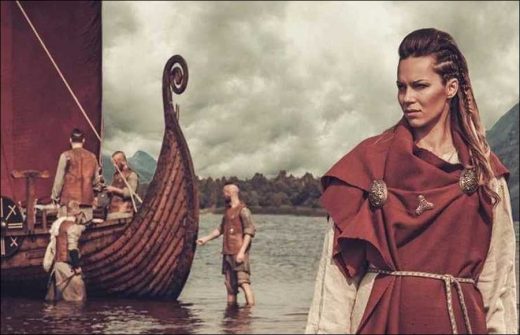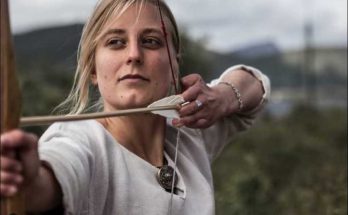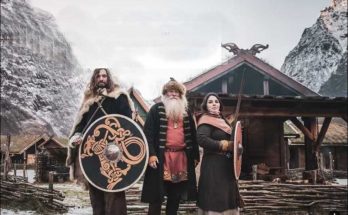Merchant Women and Home Management in the Viking Age. There were several trading posts in Viking Age Scandinavia that were more lively and where people lived slightly differently than the countryside. The largest of these centers were Birka in Sweden, Ribe in Denmark, Kaupang in Norway and Hedeby in the north of today’s Germany. While women in rural areas are usually buried with their spindle whorls, needles, scissors, tweezers and even scales, weighing scales and coins have been found in graves in places like Birka.
These objects were found not only around other urban centers in Scandinavia, but also in Viking lands in modern-day Russia, and are thought to indicate that women were also traders. It is a bit risky to directly associate the items found in the grave with real-life activities because we do not know for what purpose they were buried. Judith Jesch sensibly makes this point and says: “…we must consider whether grave goods really represent the life of the dead or whether they have a more symbolic meaning.
For example, weights found in children’s graves may not mean that children were also interested in trade.” A woman may have been buried with these objects not because she was a merchant but because she came from a merchant family. As in many areas, we do not have enough information about Viking women in this area and we do not know what the life of an urban Viking woman was like.
However, a woman in the trade centers will have much more direct relations with the outside world, not only through the exotic products arriving but also through the visitors. The story of how a missionary delegation sent to Birka in the 9th century converted the rich widow Frideburg and her daughter Catla to Christianity, and how these two women later decided to go to the Frisian market town of Dorestad summarizes this situation.
Viking homes were generally established in small rural areas and isolated, mostly self-sufficient farms, although there were also a few trading posts. A typical Viking house consisted of one long room with a single hearth. Additionally, they may have had other compartments such as barns and sheds.
Women, who were mostly concerned with the domestic sphere, “spent most of their time in the triangle of barn, dairy, and living space, providing food and clothing for their families,” according to Judith Jesch. Like food preparation, fabric and clothing production went through detailed processes, and almost every Viking woman took part in these processes.
In fact, the most common objects in women’s graves from this period – especially in rural areas – were spindle whorls, varangelen and wool combs. Other tasks that do not appear directly in the archaeological record but are traditionally associated with women include raising children and caring for the sick or elderly; We can even think that they were engaged in jobs such as carpentry and leather work. We do not know how the children were raised or whether girls were treated differently, but it is possible that daughters were married off at an appropriate age.
Although Viking women, like other women of the period, were in a lower position than men, they had an important responsibility, and perhaps they were even directly responsible for running the house (as can be seen from the fact that they were buried with their keys and took over when their husbands were away or died).
Anne-Sophie Gräslund has suggested that farms are like companies, “… managed by husband and wife, each occupying a different and complementary but equally important position.” However, it should be noted that the owners of the large farms and estates mentioned were considerably wealthy people and most likely belonged to the upper classes; In this case, it would be wrong to say that they reflect Viking society.
Next Page: Elite, Settler and Warrior Women in the Viking Age.
Views: 222



